Our Best-Selling Hand Strengthening Products
TheraBand Hand Exerciser Balls
TheraBand Exercise Balls come in five different strength levels. Each is color-coded so users can easily tell which is which with just a glance. These balls are similar to hand therapy putty but have a few traits that may better fit some users' wants and needs. These balls conform to the hand to varying degrees (depending on the ball's strength level) while squeezed, but then bounce back into their original shape once released. They can be used in a way similar to therapy putty, but they don't create the same messes or attract debris or dirt, so they are generally a cleaner option. However, they are also less malleable than putty, so some may still prefer traditional putty. This product can be cooled or heated for those who are in search of pain relief as they use an exerciser ball.

CanDo TheraPutty by Fabrication Enterprises
CanDo TheraPutty gives users a huge range of options in terms of resistance levels and volumes that can be purchased. Resistance levels are color-coded and range between xx-soft to extra-firm. This broad range of choices meets each user at their current ability level and allows them to progress to higher resistance levels as needed. Two, 3, 4, 5, and 6-ounce sizes are available along with bulk options of 1- and 5-pound buckets. These bulk items are great for physical therapy clinics, Autism centers, and other medical facilities.
CanDo TheraPutty comes in plastic containers that are easy to open and protect the putty from foreign debris between uses. This putty is gluten-, casein-, and latex-free.
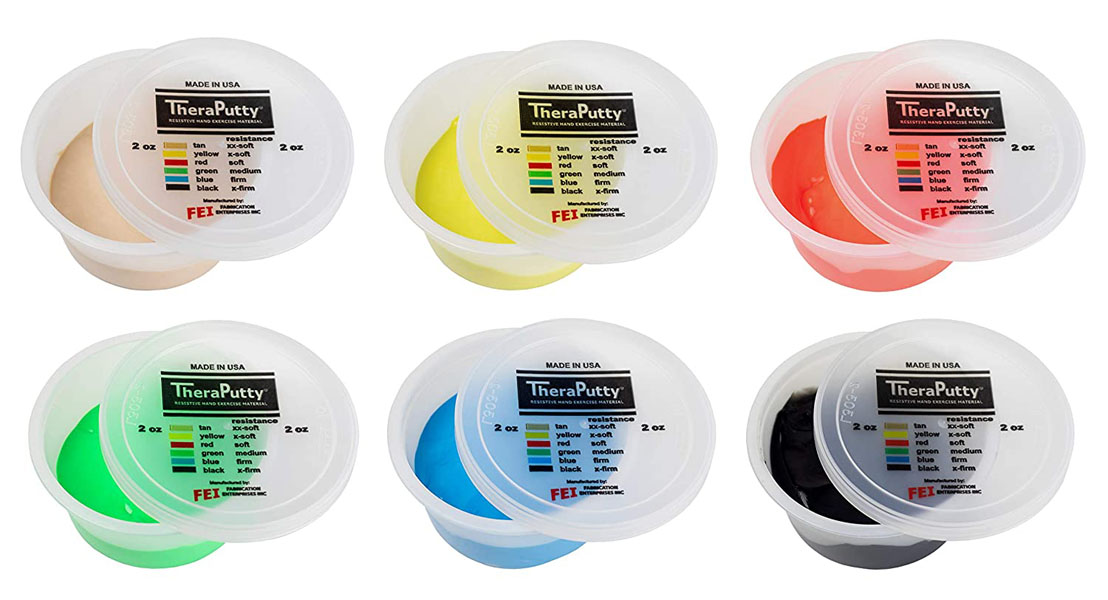
Norco Exercise Putty by North Coast Medical
Norco Exercise Putty is silicon-based putty for physical therapy. These putties can be blended to create new colors and resistance levels, so its owners will always get the perfect resistance level to fit their needs. Pre-existing resistance level options include extra-soft, soft, medium, firm, and extra-firm.
Each resistance level is color-coded, so it is easy to tell each one apart from the next. Volumes of 2, 3, and 4 ounces are available. These tend to be the perfect sizes to fit in the palm of one's hand. Norco exercise hand putty is completely latex-free.
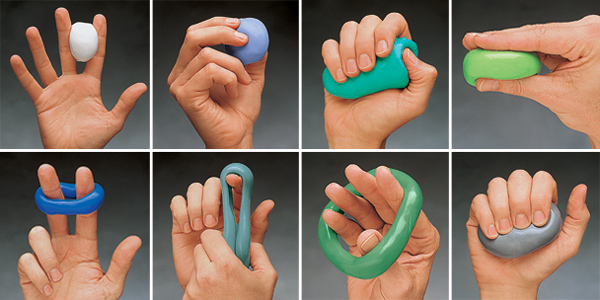
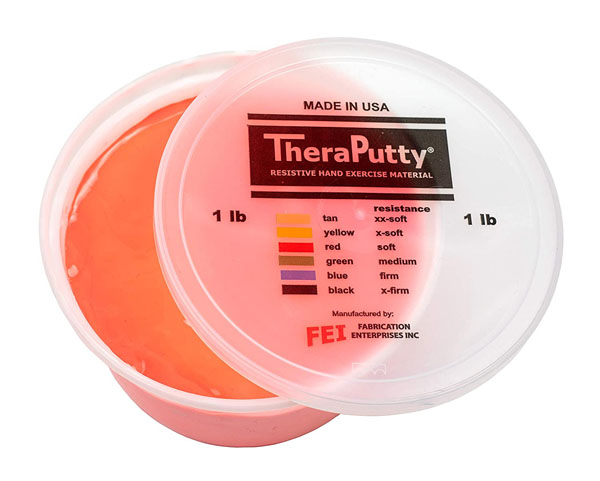
Who Would Find Therapy Putty Useful?
Therapy putty is a great option for those who wish to increase hand strength and dexterity so they can better perform certain tasks and hobbies that involve use of the hands, such as playing the violin, piano, or guitar, rock climbing, and playing golf or tennis. It is also a great tool for those who wish to increase hand strength and dexterity to prevent their loss due to medical conditions. Impaired or reduced hand strength and dexterity may result from the following conditions:
- Age-related loss of muscle mass
- Autism-related fine motor skill impairment
- Cubital tunnel syndrome
- Carpal tunnel syndrome
- Nerve entrapment
- Osteoarthritis
- Overuse injury
- Rheumatoid arthritis
- Stroke
- Tennis elbow
- Traumatic injury
Loss of muscle mass and accompanying grip strength may also be an early indicator of more serious medical conditions, such as loss of mobility, heart attack, or stroke. If grip strength is lost, it may be a good time to check in with a doctor.
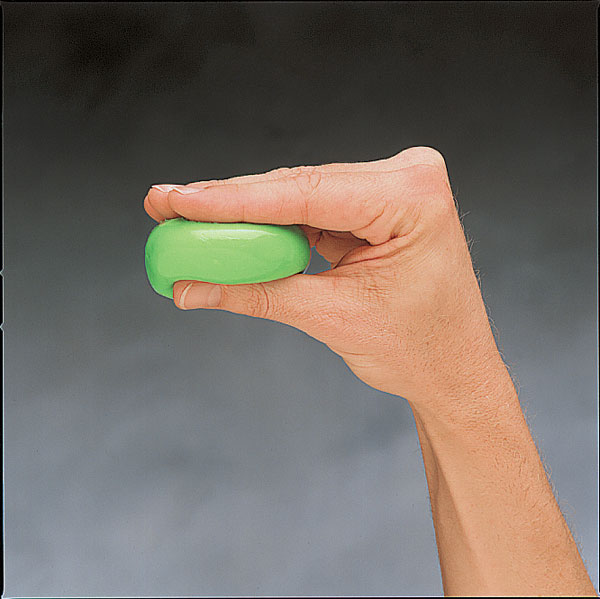
Hand Therapy Exercises
Therapy putty can be used for many different purposes. Some commonly used examples include the following:
- Finger Flexion: Hold the putty in the palm of the hand and squeeze the putty with the fingers. Press the fingertips through the putty and into the palm.
- Thumb Flexion: Hold the putty in the palm. Press the thumb through the putty and into the palm.
- Finger Adduction: Form a ball with the putty. Place the rolled ball between two digits and squeeze.
- Finger Abduction: Press the putty into a flattened pancake shape. Set the putty on a hard, flat, clean surface. Press the fingers into the putty and stretch the putty outward until it is as enlarged as possible.
Other exercises that can be accomplished with occupational therapy putty include individual finger extension, mass finger extension, thumb abduction and adduction, individual finger abduction, palmar pinch, and wrist extension and flexion.
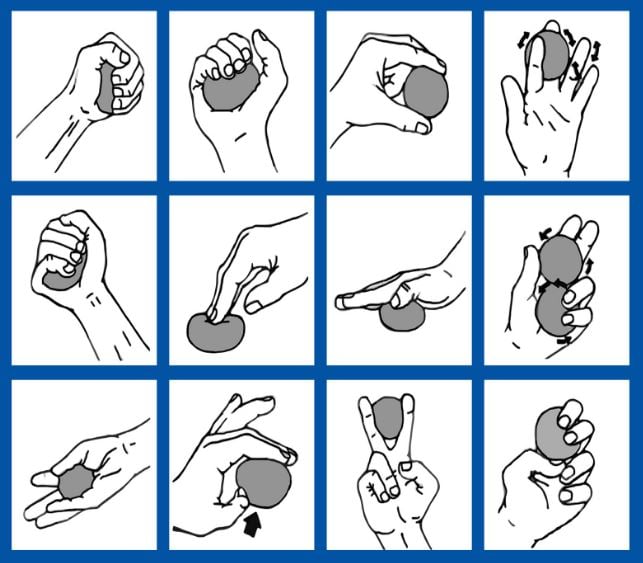
Frequently Asked Questions
Does therapy putty dry out?
Therapy putty does not dry out the way play putty such as Playdough does, so it has the potential to last for years. However, like any putty, therapy putty can attract debris that makes playing with the putty unpleasant. For this reason, it is best to properly store therapy putty in a clean location between uses.
Does therapy putty have latex in it?
Therapy putty does not typically contain latex, however, customers should always consult the specific product's manufacturer's specifications.
Is therapy putty toxic?
Therapy putty is typically non-toxic.
What causes loss of strength in hands?
As the adult body ages, muscles tend to lose mass, which means the body (including the hands) also loses strength. This typically begins around the age of 55. Other potential causes include conditions such as arthritis and tendinitis.
How can I increase dexterity in my hands?
Exercising the hands with items like therapy putty helps many increase dexterity in the hands. Putty is especially useful and fun to use because it is supple, yet it does not give completely.
Sources


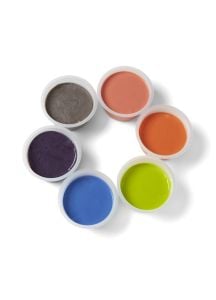






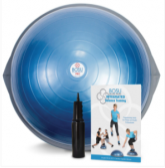
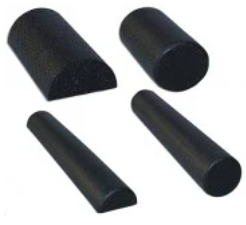
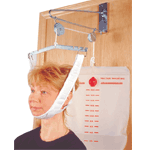


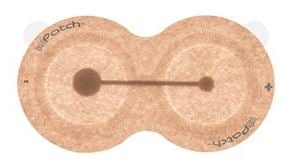
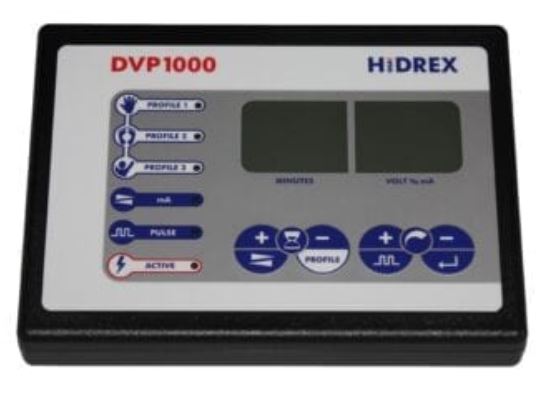
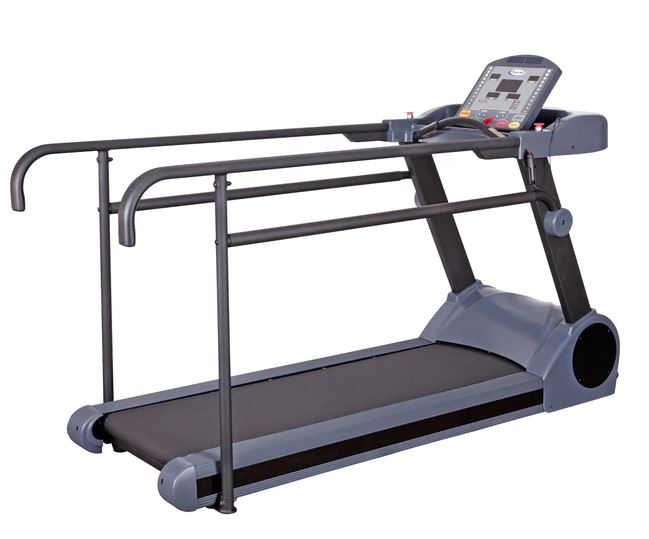
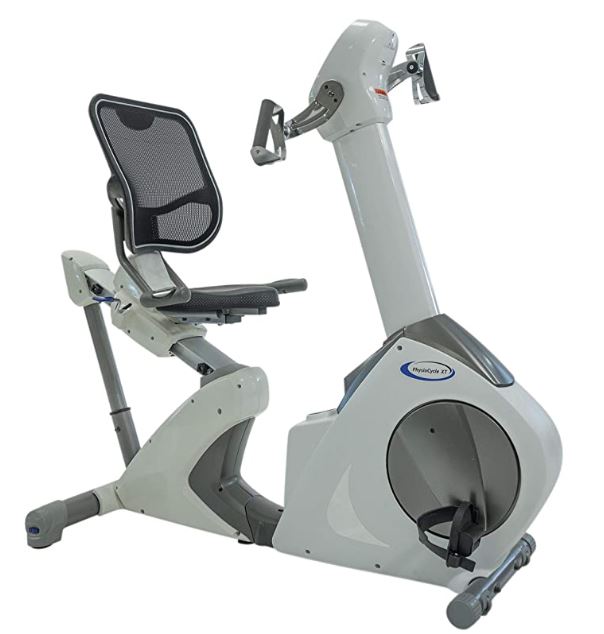
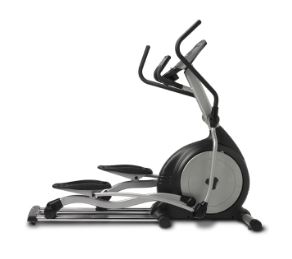
Login and Registration Form